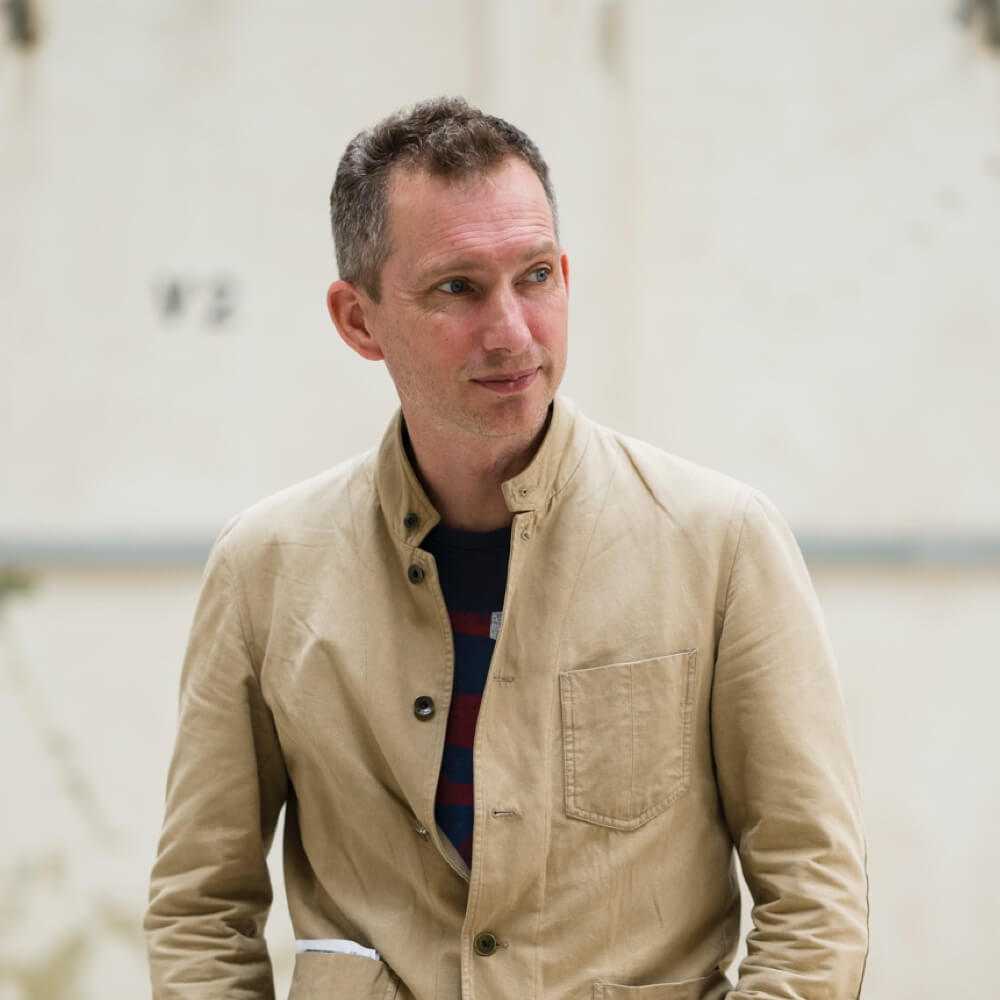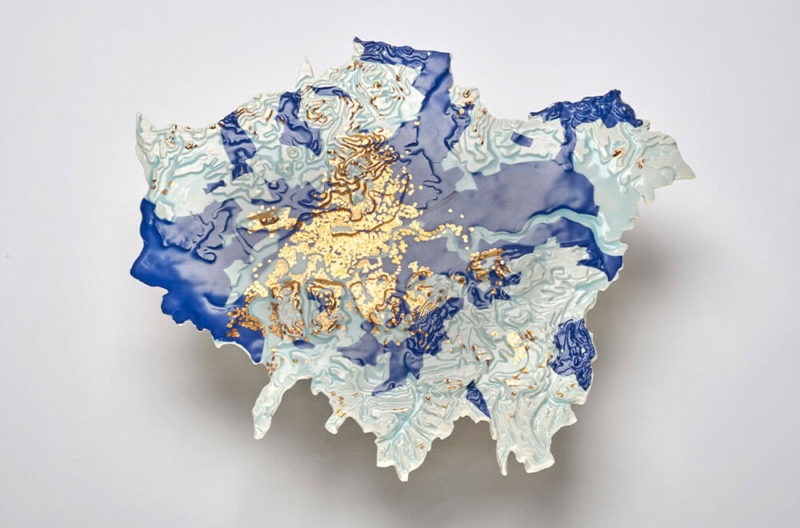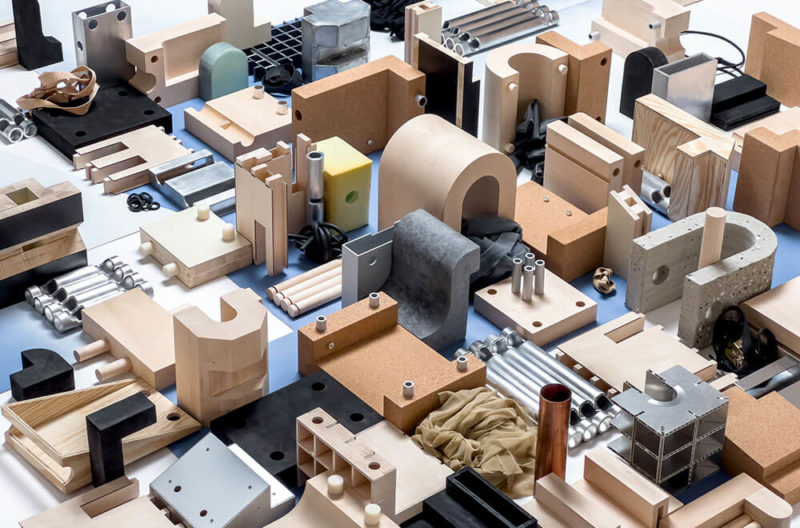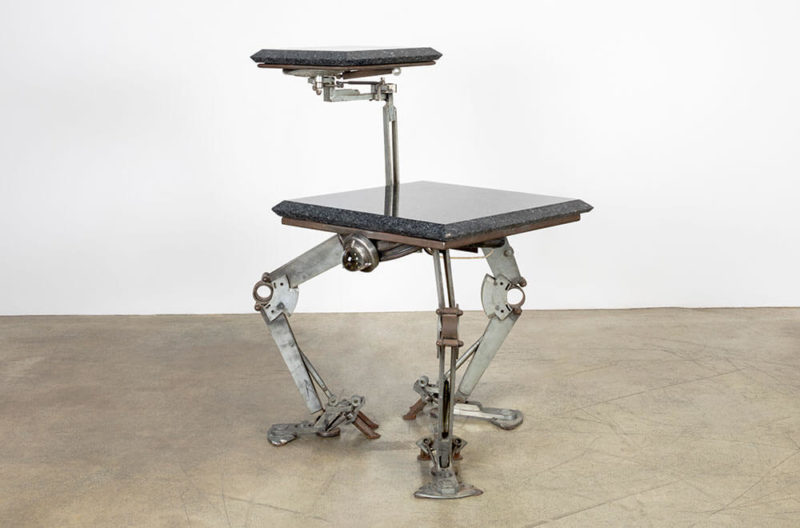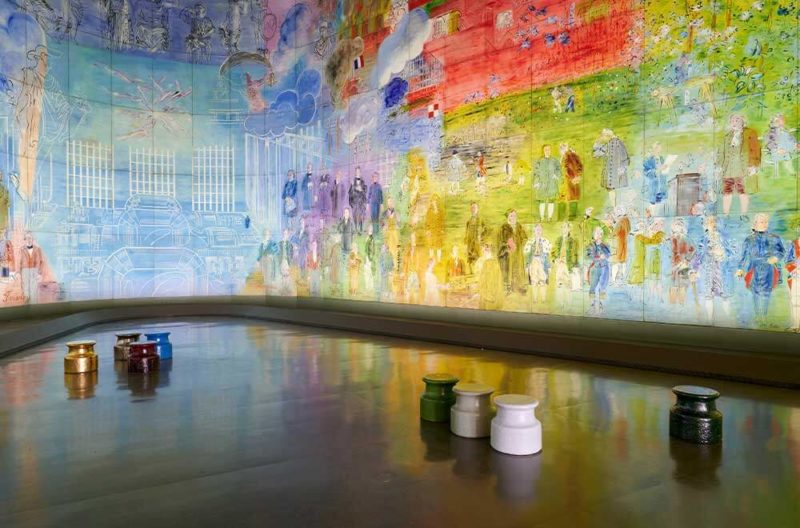We Gather
Five female makers of Black and Asian heritage tackle history, heritage and contemporary experience.
Crafts Council Gallery, London
12th January – 12th March 2022
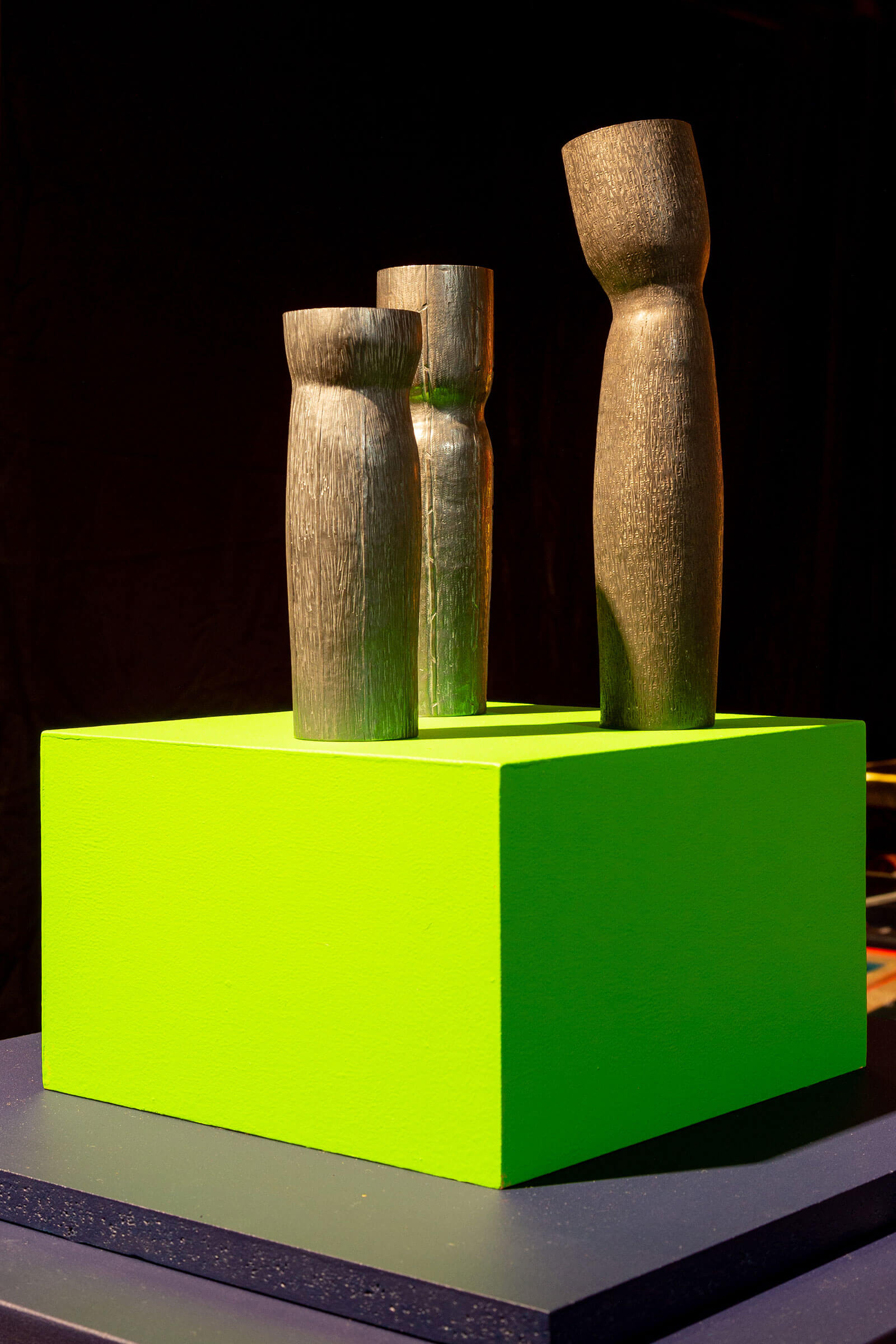
Francisca Onumah, ‘In our skin’, 2021
COURTESY: Francisca Onumah / Crafts Council Gallery / PHOTOGRAPH: Ben Deakin
WHEN THE CRAFTS Council posted a message of support for the Black Lives Matter movement on 1st June 2020, the organisation couldn’t have anticipated the response it would elicit. While there were a number of positive replies, these were easily outstripped by a wave of protest, led by the knitter and artist Lorna Hamilton-Brown. “Black people in the UK are experiencing racism in the various crafting communities,” she pointed out. “The Crafts Council itself needs to look at its staffing and events like ‘Collect’,” she added in a further post: “You don’t get to use #blacklivesmatter and not give us a seat at the table – and not acknowledge the racism in crafting.”
From the outside looking in, the furore appears to have given the Arts Council-funded body – which can seem amorphous – a renewed sense of purpose. There has been greater diversity on the pages of its magazine (which, full disclosure, I edited for a decade), its board of trustees has been transformed and now includes the likes of designer Yinka Ilori, textile artist Majeda Clarke and paper sculptor, researcher and drag king, Lady Kitt. It commissioned a report, Making Changes in Craft, by Dr Karen Patel about tackling racism in craft.
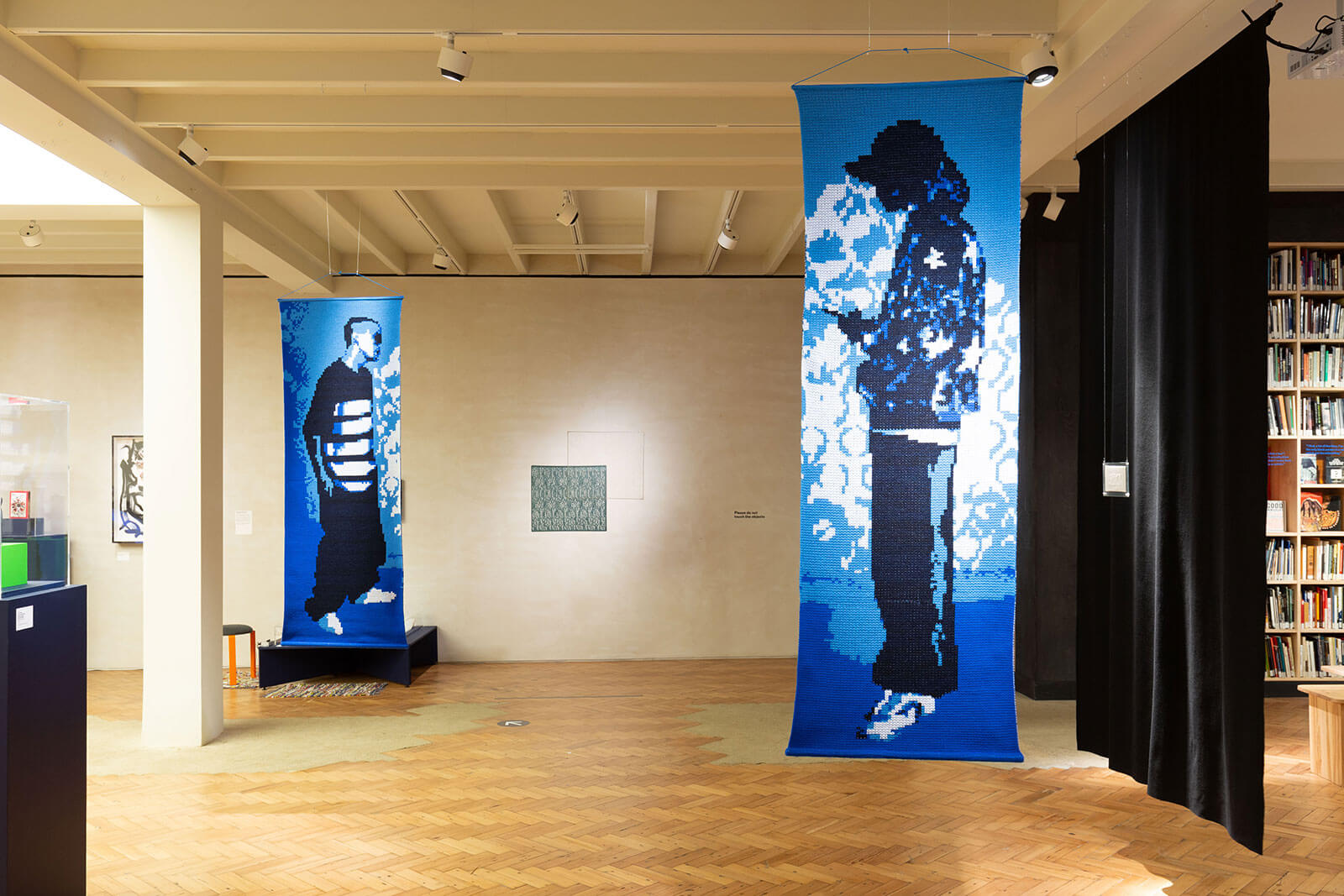
Lorna Hamilton-Brown, ‘Out of the Blue’, 2011
COURTESY: Lorna Hamilton-Brown & Crafts Council Gallery / PHOTOGRAPH: Ben Deakin
This exhibition, the second in its new Islington gallery space, features five female artists of Black and Asian heritage (including Hamilton-Brown herself) and responds to Patel’s findings. There is work on a variety of scales and employing different materials here. Francisca Onumah, for example, is a silversmith and her trio of vessels, commissioned specifically for the show, have been created to “reflect family, relationships and historical images of Ghanaian people in everyday life.”
Meanwhile, Shaheen Ahmed’s pieces include maps, calligraphy and Islamic geography to illustrate “statelessness”, zones of conflict and migration but also the “value in harmony and community”, and textile artist Omeima Mudawi-Rowlings’s tent-like structure explores heritage, identity and womanhood. Onome Otite’s collages of hand-stitched fabrics and hand-drawn figures look at the “dynamic strength between women.”
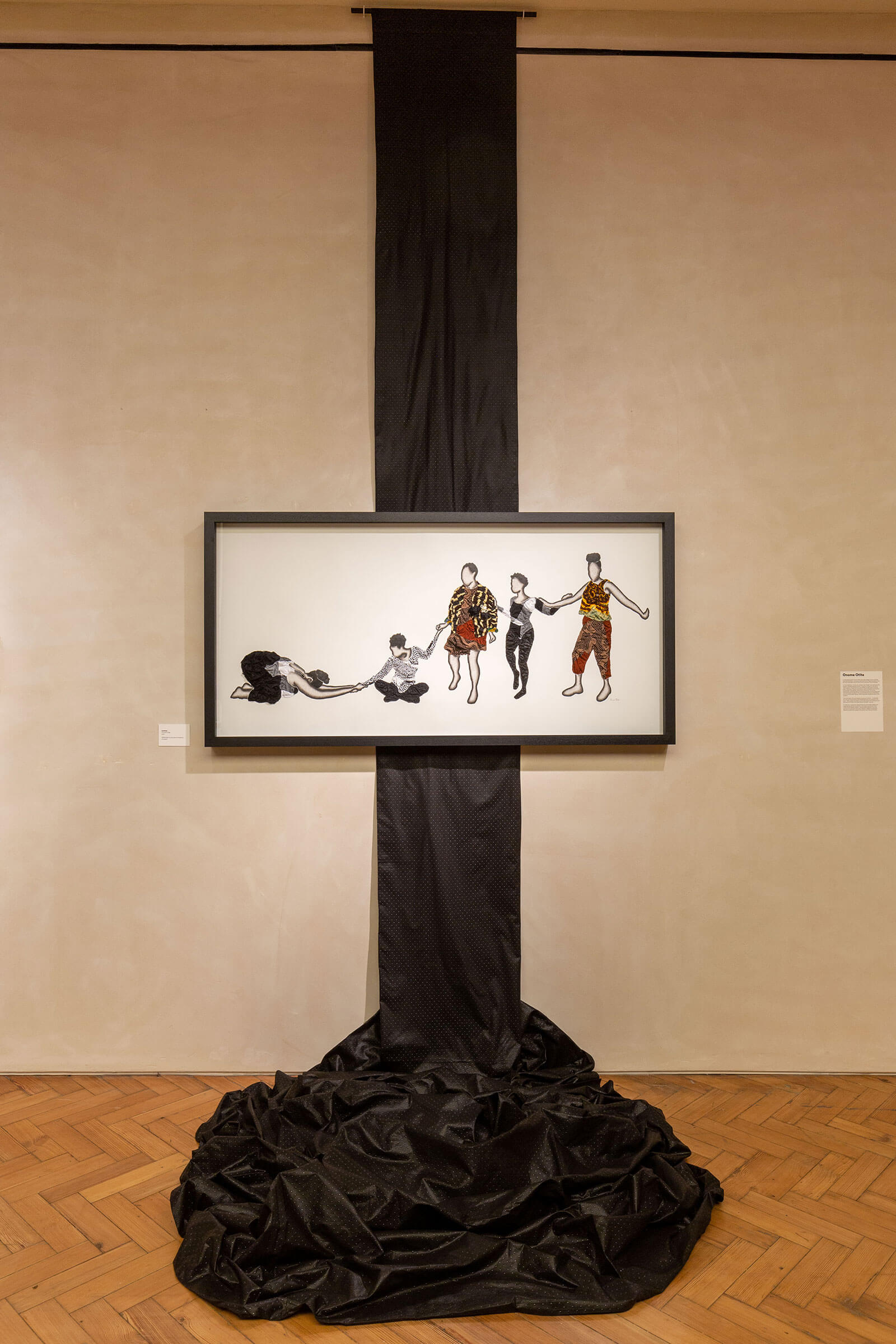
Onome Otite, ‘Untitled’, 2021
COURTESY: Onome Otite & Crafts Council Gallery / PHOTOGRAPH: Ben Deakin
Arguably, the pick of the bunch is Hamilton-Brown’s machine knitted pieces inspired by an old blues song first written and published in 1934 by John and Alex Lomax, under the title ‘Woman Blue’. The Lomaxes heard it initially when it was sung by an 18-year-old black girl in prison for murder and it went on to be adapted by a number of white musicians, becoming better known as I ‘Know Your Rider’. The knitter’s piece is an attempt to reclaim its heritage. It’s made up of two panels: one blue made from Yarnadelic yarn, the other gossamer thin and knitted from almost transparent lurex. In the former, the artist introduced cabling and knots to refer to the numerous versions of the song, while in the latter she honours the original singer by taking her words from the single verse she sang and matching each letter of the lyrics to a coordinating number. Then she used these numbers to create a punch card for the knitting machine. The panel is in front of, and elevated from, its accompaniment to illustrate its importance.
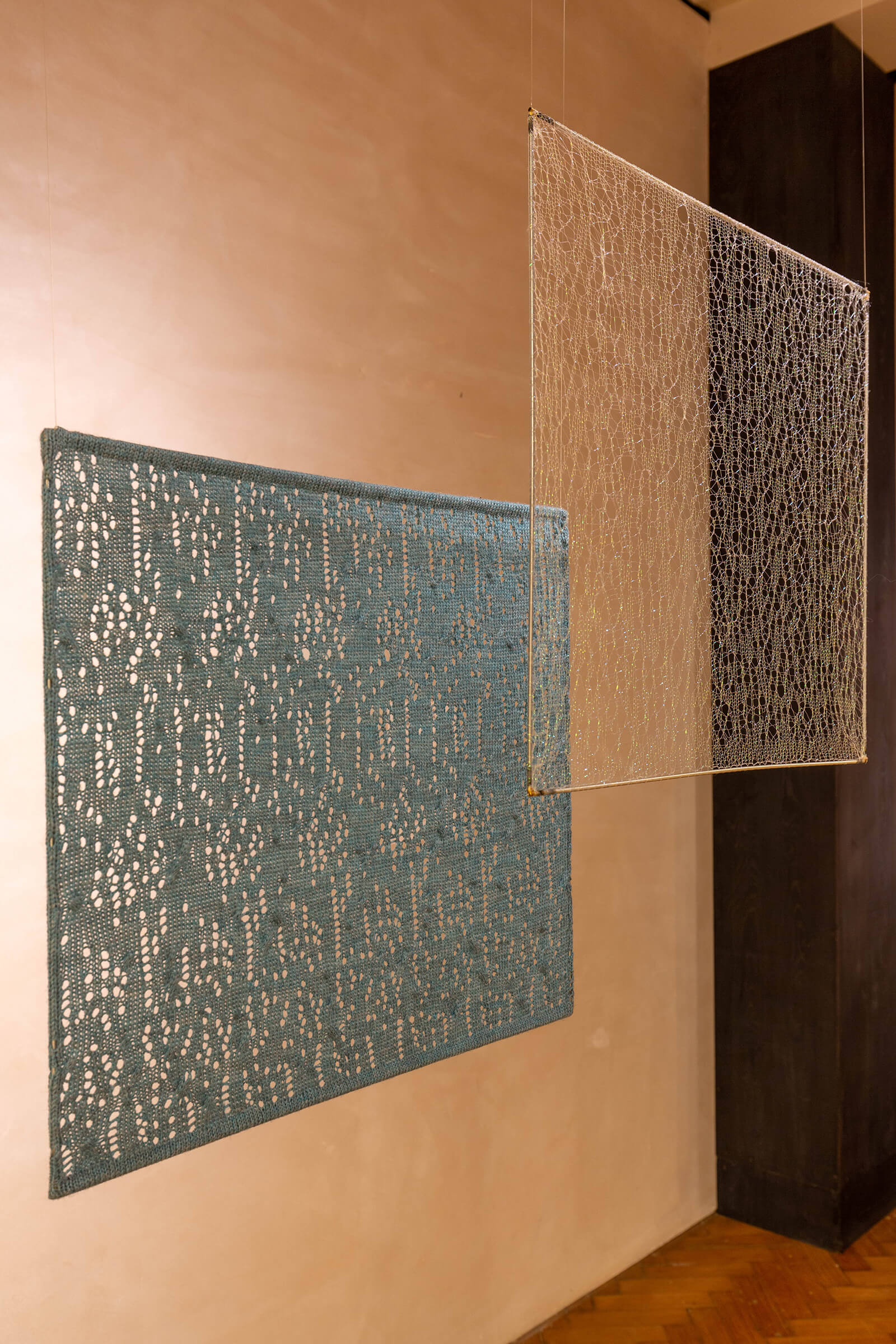
Lorna Hamilton-Brown, ‘Woman Blue’, 2021
COURTESY: Lorna Hamilton-Brown & Crafts Council Gallery
Among the finished works is detritus from the artists’ studios and paraphernalia that explains the background and thinking behind each piece, mostly located on a low plinth (or ‘gathering space’) in the centre of the exhibition floor. As I write this, I’m realising that the whole endeavour might sound a little worthy but actually there is plenty of joy to be had here. The show is somehow greater than the sum of its parts. I found myself absorbed in these maker’s stories and ideas.
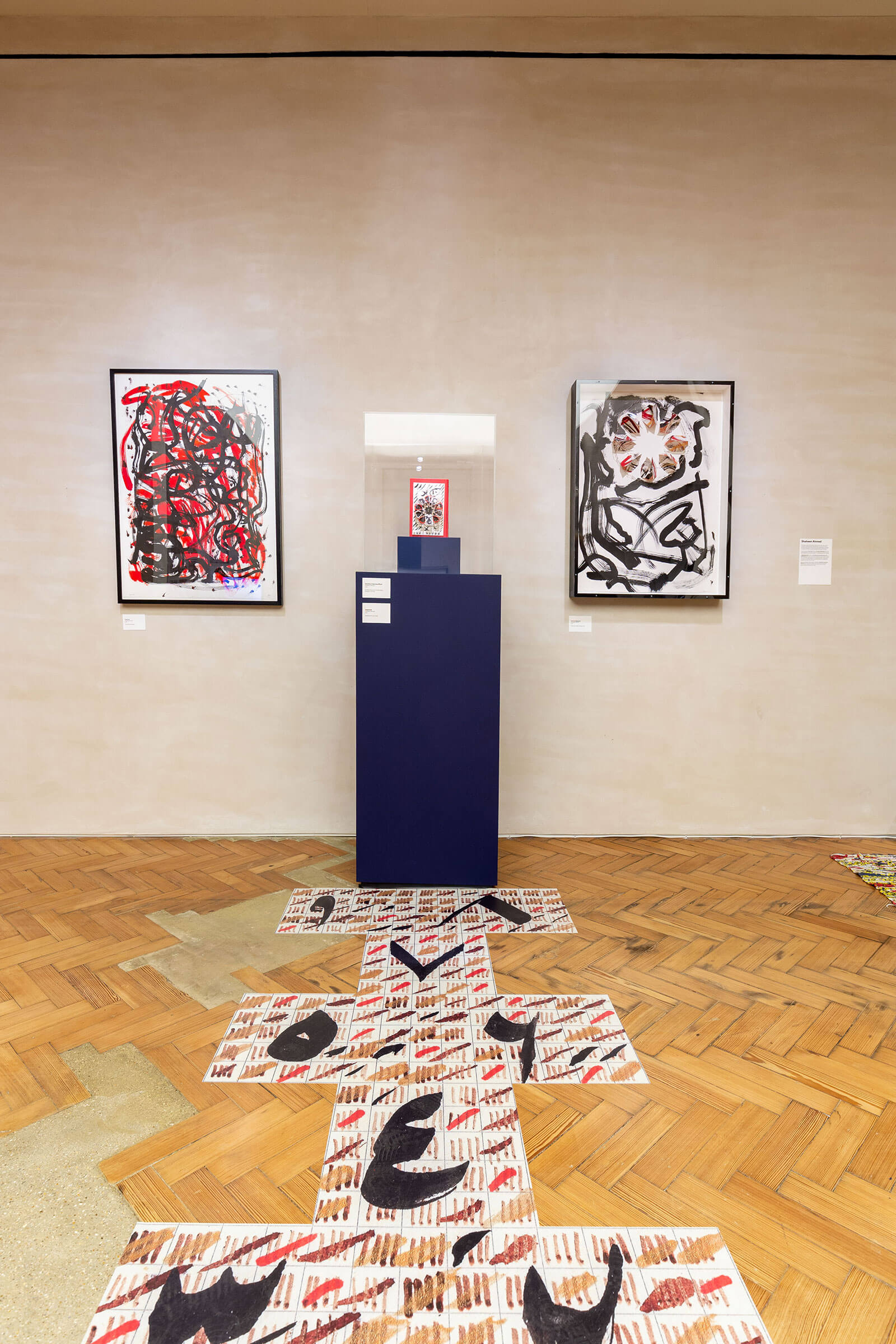
Shaheen Ahmed (left to right): ‘The Wound is she the Light Enters You (formerly Keeping Count)’, 2021, ‘Grandma’s Spinning Wheel’, 2021, ‘Fortress’, 2021, (floor piece), ‘Hopscotch’, 2021
COURTESY: Shaheen Ahmed & Crafts Council Gallery / PHOTOGRAPH: Ben Deakin
If I have a quibble it is that the curators, Rosie Ross and Griffi, have slightly over-egged the pudding. There are pieces by Magdalene Odundo and Jasleen Kaur (excellent artists both) thrown into the mix, I suspect in an attempt to prove that the Crafts Council has some pieces by makers from diverse backgrounds in its existing collection. Elsewhere, tucked in the far corner, is a panel of images by photographer Jo Sealy of black makers plying their trade, which feels as though it deserves an exhibition in its own right.
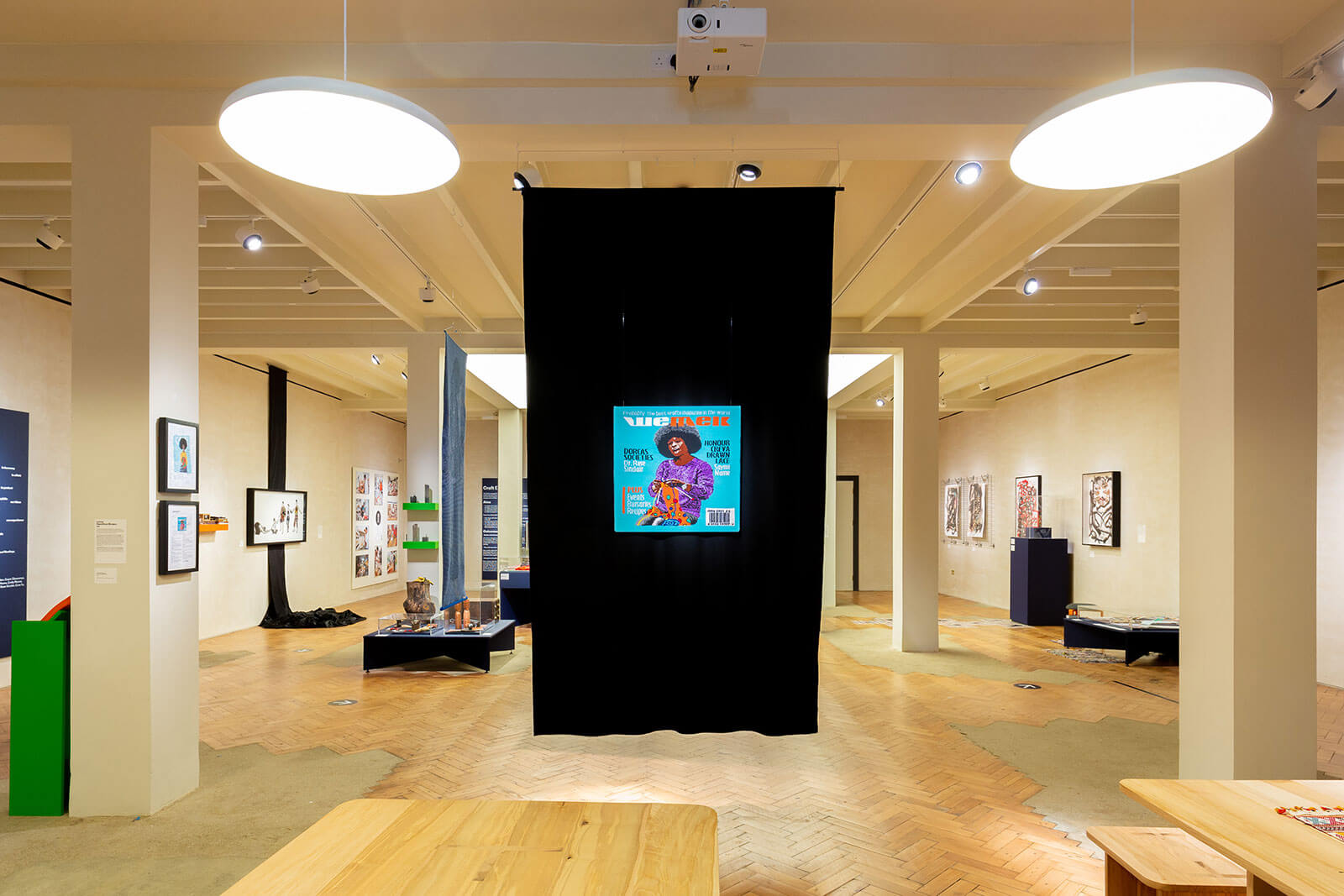
Lorna Hamilton-Brown, ‘We Mek’, 2021
COURTESY: Lorna Hamilton-Brown
& Crafts Council Gallery / PHOTOGRAPH: Ben Deakin
But these are minor gripes. The Crafts Council is celebrating its 50th anniversary this year and, if ‘We Gather’ is a sign of its future intentions, then it’s an eye-opening and important way to start, potentially putting making on the front line of the putative culture wars the UK’s current government appears eager to stoke.
